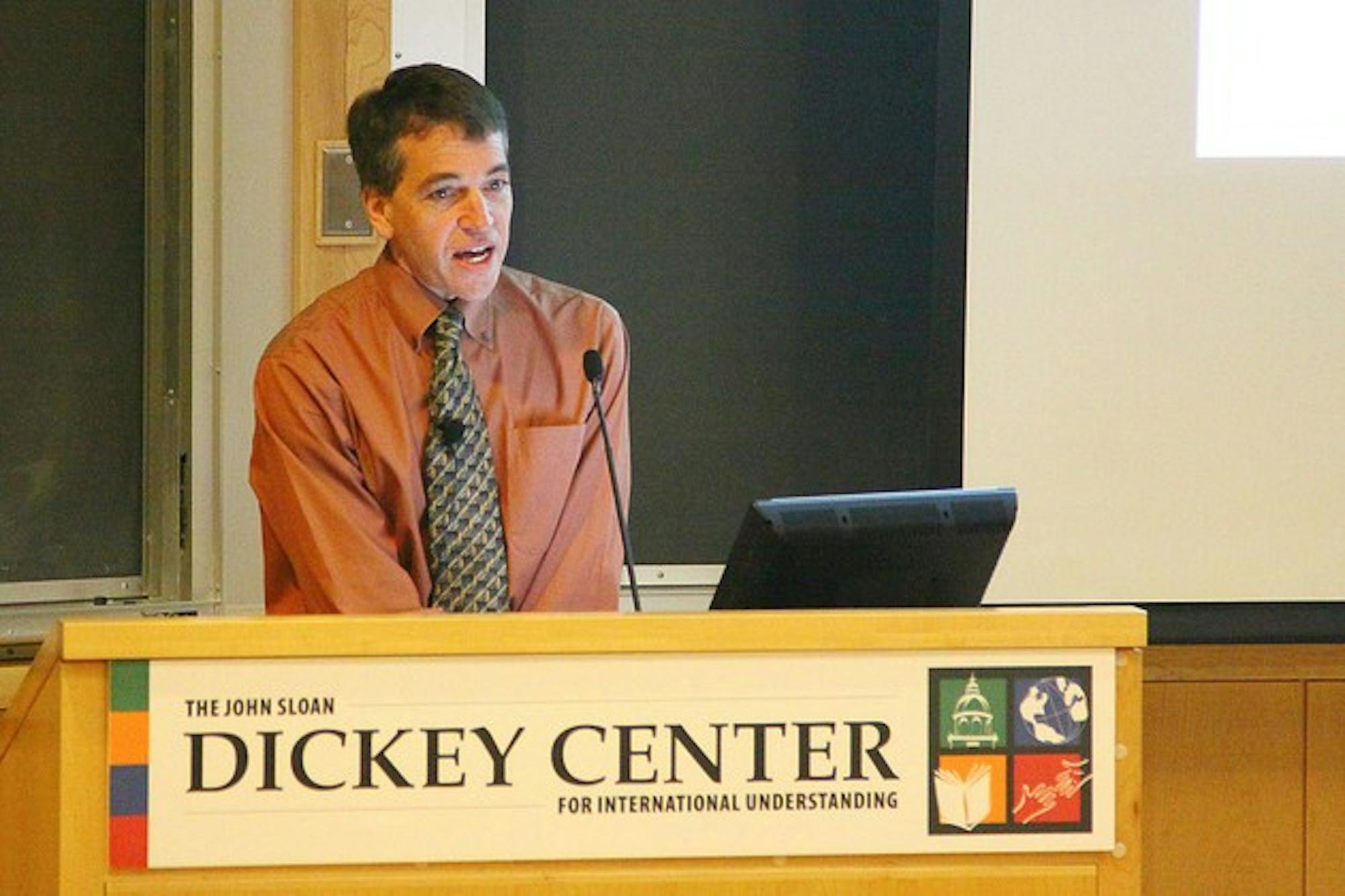"The things that are the most scarce and fragile are the things that not only have the most ecological value, but also the highest economic value," Colt said. "We must make decisions with the future in mind to maintain those fragile things that have the most value to people."
Southeastern Alaska's panhandle was once based around an extractive economy, according to Colt. In the 1950s, the 17 million acre Tongass National Forest was opened to logging, and logging rates increased when native Alaskans received rights to much of the land.
But the rise of cruise ship tourism and what Colt called the "quality of life" industry meant that, by the end of the 20th century, the timber industry's presence in the local economy had nearly disappeared, according to Colt. It had been superseded by the service sector to support tourism and its associated industries.
Colt emphasized that the shift in employment that accompanied this economic change was associated with pressure from the environmental community to protect the Tongass National Forest. In particular, environmental non-governmental organizations pressured the U.S. Forest Service to consider what Colt called "ecosystem services," the forest's economic value beyond its resources.
"Nature provides things that are valuable, and the ecosystem services idea allows a price to be put on the priceless," Colt said. "We must remember that total economic value comes from both consumption and non-consumption of resources."
To show the impact of tourism on the regional economy, Colt discussed a study that asked how big the new industry is, what activities are most profitable and where its benefits are dispersed. The results were surprising and encouraging, Colt said.
"The many small industries of tourism contribute $327 million to southeastern Alaska's economy," Colt said. "We also found that environmental tourism benefited nearly every community in the region."
Much of the income from the tourism industry in Alaska comes from unexpected places, according to Colt, such as the $20-million bush piloting industry, the $34-million whale watching industry and the multi-million dollar dogsledding industry. But Colt added that Alaskan tourism will need to keep scale in mind to stay sustainable and effective.
"There is an inherent challenge between the number of people doing something and the quality of their experience," Colt said. "A tension is already emerging between these two."
Colt also discussed the difficulty of changing what he called the "timber mindset," or a preoccupation with an economy based on timber.
Gore used Alaska's Bristol Bay region as another example of an area where environmentally based economies trump extractive ones. Bristol Bay, the easternmost extension of the Bering Sea, exemplifies the need for a balance between human needs and natural resources, Gore said.
The area's sockeye salmon population is the cornerstone of both the regional ecosystem and the regional economy, she said. The region supports one-third of Alaska's grizzly bear population as a result of the large salmon population, and 75 percent of local employment is related to the salmon fishing industry, according to Gore.
The area also has an abundance of other natural resources, including oil, according to Gore. However, these resources have not been explored because of the strength of the local fishing industry and oil exploration in the bay has been restricted for the past several decades, she said.
The latest challenge to the region's traditional, sustainable economic model came when a massive copper deposit was discovered at the headwaters of two major salmon streams, Gore said. If exploited, the deposit would become the largest open pit copper mine in the world, she said.
Despite the immediate economic opportunities of the mine, called Pebble Mine, most locals are opposed to the project, Gore said. This is because of the prevalence and strength of the fishing industry, which would be damaged by the mine. The mine's economic benefit would not offset this, she said.
"While Pebble Mine would result in 1,000 per year for 40 years, fishing in Bristol Bay supports 6,000 jobs per year, sustainably," Gore said.




